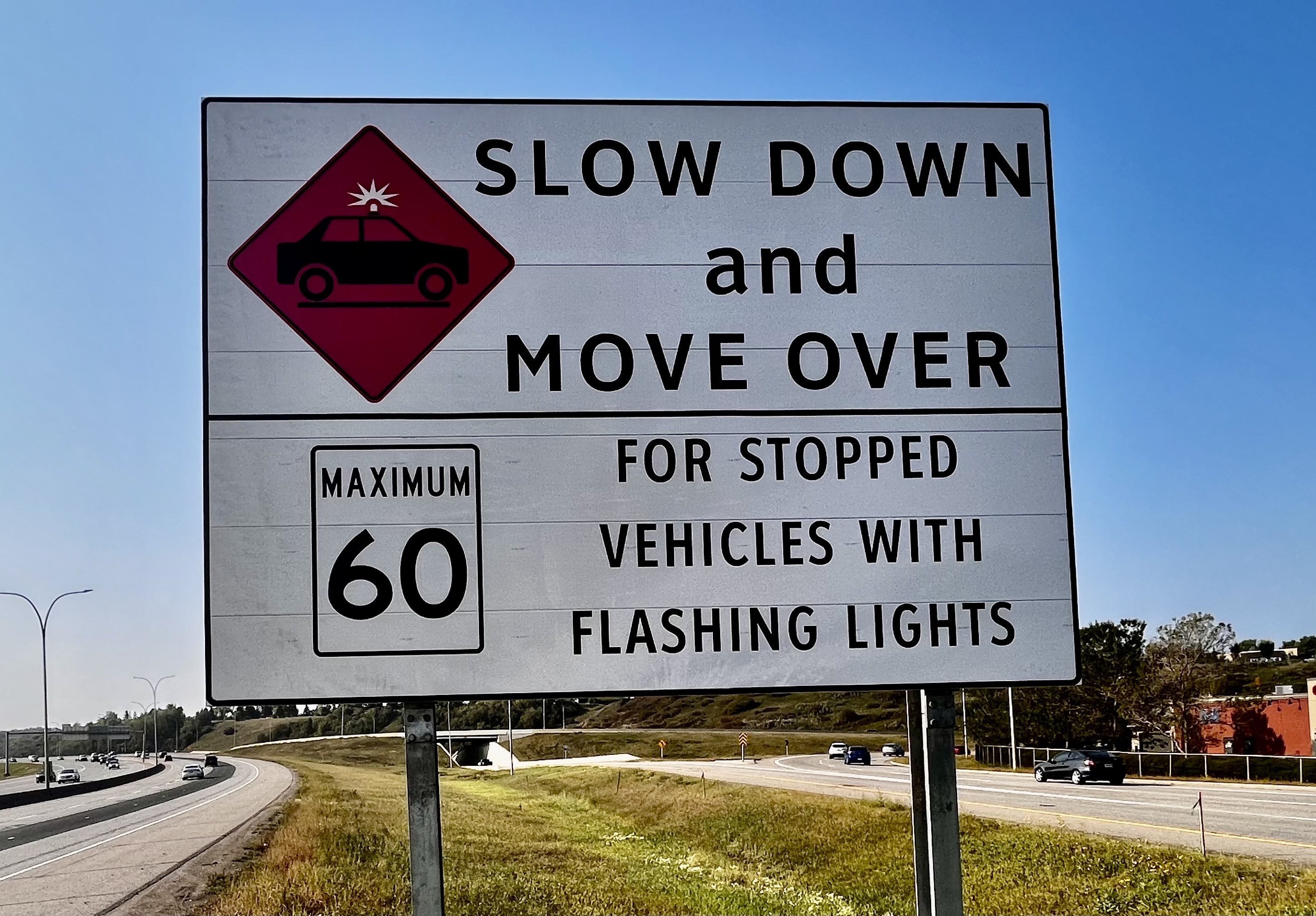Blog Details

Passing an emergency vehicle - Roadside worker safety rules
When driving, incidents may cause the lanes of the roadway to be blocked or narrowed. Some examples of this are traffic collisions, disabled vehicles, spilled cargo, and highway maintenance or construction.
Flashing lights from emergency vehicles will warn you of a problem ahead. Reduce speed, carefully change lanes if necessary and be prepared to stop. Follow directions given by emergency personnel directing traffic. Be aware that the vehicle ahead of you may stop or reduce speed unexpectedly to view the scene.
One of the most serious problems associated with these types of incidents is the risk of response personnel or equipment being struck by passing vehicles. Services that typically respond to highway incidents include:
- law enforcement
- ambulance
- fire
- tow trucks (roadside repairs / towing)
- road crew vehicle (including snowplows)
The changes include the requirement that when an emergency, tow truck, or road crew vehicle (including snowplows) is stopped with its flashing lights operating, motorists are required to:
- When you drive in the closest lane to any stopped roadside vehicle with flashing lights activated (police, ambulances, fire trucks. tow trucks, maintenance trucks, etc.):
- you must move over to the far lane to give workers extra space
- if you can’t safely move over, you must slow to at least 60 km/h, or the posted speed limit (whichever is lower)


Sourse : Alberta Move Over






_(6).jpg)
